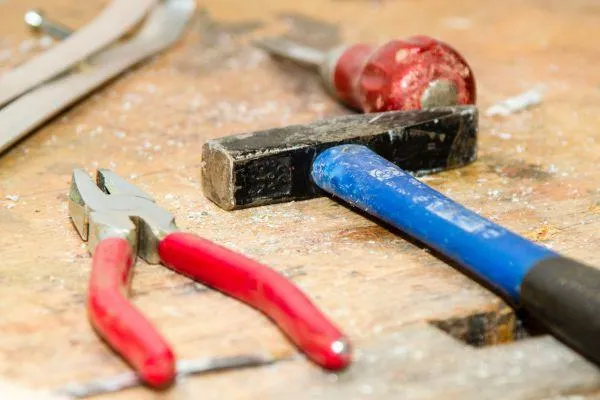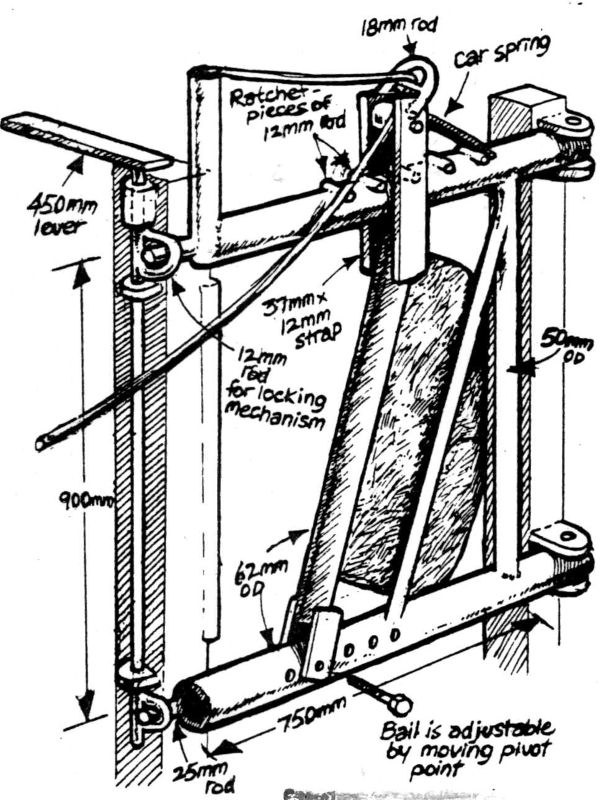
A Simple Headbail
This straightforward DIY headbail is ideal for lifestyle farmers looking for a practical, low-cost solution for safely restraining livestock. The design is simple, effective, and easy to build with basic materials.

A basic headbail you can build at home. This design is effective for small blocks and one-person operation.
Key Advantages of This Headbail
Simple to Build
The design is uncomplicated and cost-effective. You don't need specialist tools or equipment—just a few sturdy materials and basic carpentry skills.
Safe for the Animal
As shown in the diagram, there is no side in the head crush. When the gate is opened, the animal simply moves forward out of the bail. This reduces the risk of injury or strangulation, making it a safer choice for cattle or goats.
Quiet in Operation
The headbail is quieter than many commercial designs, helping reduce fear and stress for the animal. A less frightened animal is easier to manage, especially if it needs to return to the crush in future.
One-Person Operation
The rope used to close the headbail can be run down the side of the crush, allowing a single person to herd the animal in and close the bail from behind. This makes the system suitable for solo farmers handling animals without assistance.
Securing the Animal’s Head
If you need to hold the animal’s head down—for tasks like ear tagging or horn work—you can use a rope to do so. Tie one end to the bottom bar, bring it up over the neck, then back down under the bar and over the top bar. This setup holds the head securely, and when finished, you simply release the rope.
Improved Access to the Head
Because the design positions the animal’s head slightly to one side of the crush, it gives you better access for procedures such as tagging, injecting, or trimming horns. This makes handling safer and more efficient for both the animal and the handler.
Learn More About Safe Livestock Handling
For a complete guide to building confidence with your cattle and understanding how to handle them safely, take a look at our Keeping Cattle course.

